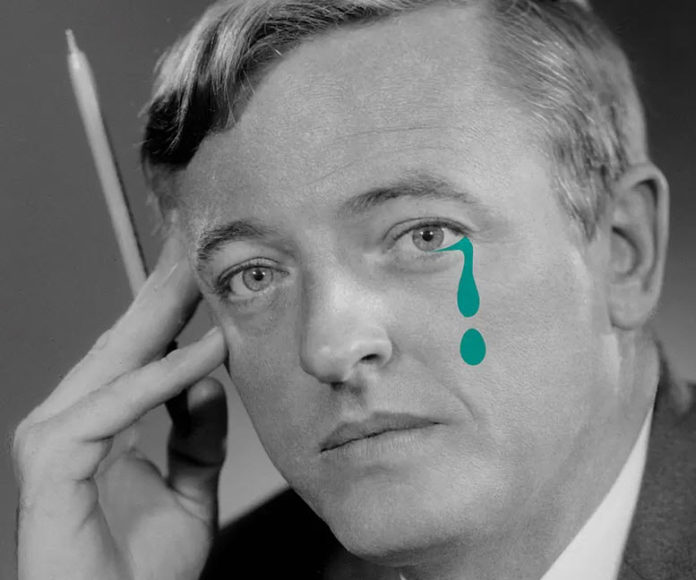By
In the years since the Cold War, conservatives have lost sight of the relationship between liberty and personal responsibility.
There’s a well-worn tale about modern American conservatism: It says that the movement as we know it came into being during the mid–20th century as a “fusionist” coalition of economic libertarians and religious traditionalists. These groups, whose goals and priorities differed from the start, were held together mainly by two things: the sheer charisma of National Review founder William F. Buckley Jr., and the shared enemy of global communism.
As long as the Cold War endured, the story goes, each wing was willing to cede some ground to the other. In light of the threat posed by a rampaging Soviet Union—as militantly atheistic as it was militantly anti-capitalist—the differences between the libertarians and the traditionalists did not seem so great. Their interests, at least, were aligned.
But the fall of the USSR meant the collapse of the common foe that had sustained the fusionist partnership. It was able to trundle on for a while, powered by a reservoir of goodwill, but it has long been running on fumes. In the last few years, the alliance’s inherent tensions have come to a head. It’s increasingly common to hear that, whatever value there may have been in cooperation during the ’50s, ’60s, ’70s, and ’80s, the era of good conservative feelings is over.
For many libertarians, the Trump years revealed their traditionalist allies to be hypocrites and opportunists, all too willing to sell out the ideals of fusionism in service of an aspiring dictator. Conservatives have commenced a not-so-slow descent toward authoritarianism, some in this group suggest; if the philosophy of liberty is to have a future, it must involve building bridges to the left, not the right.










